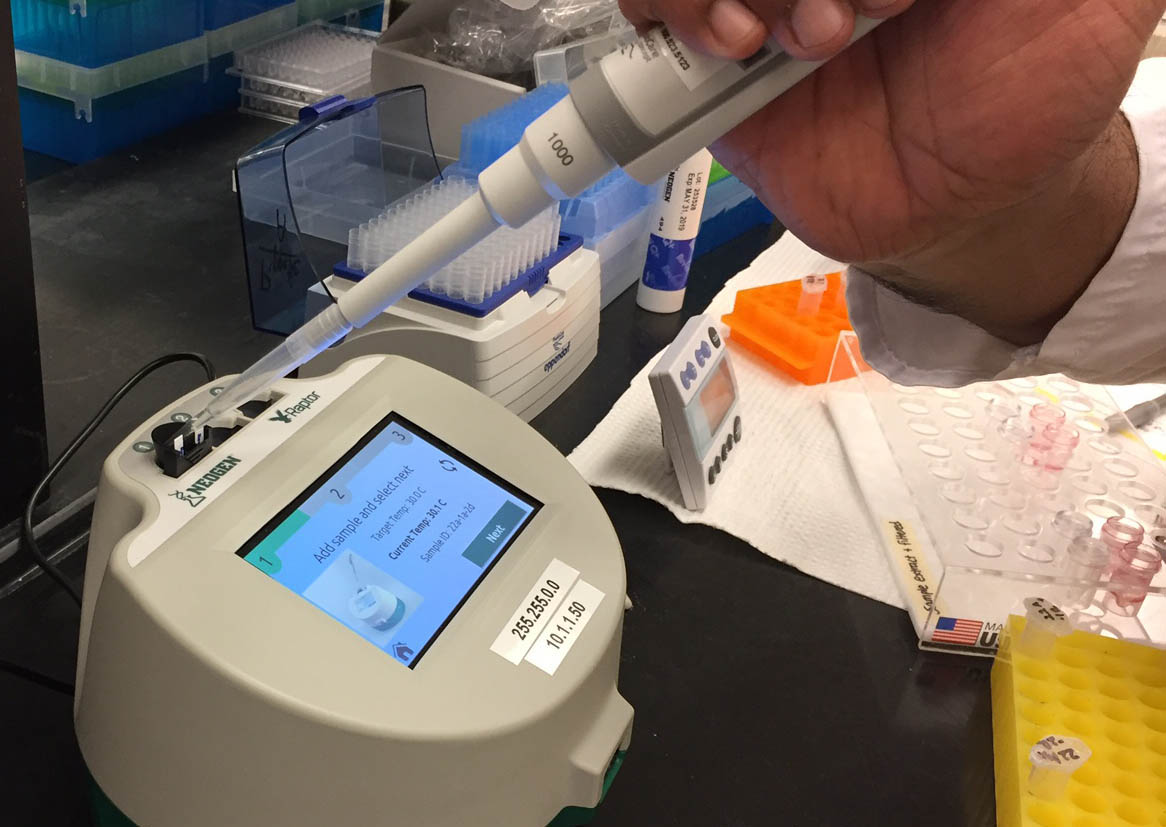Increasing precision in deoxynivalenol (DON) testing

Deoxynivalenol (DON), also known as vomitoxin, is toxic to animals and humans. A recently-completed study by the Canadian Grain Commission’s Grain Research Laboratory has identified ways the Canadian wheat industry can minimize variation in DON test results by refining their sampling methods. The less variation in results, the more confident we can be that the results from the sample accurately represent the entire truckload, bin, or shipment.
DON occurs in grain kernels infected by a fungus. In a given volume of grain, DON will be distributed unevenly. This is why it is sometimes challenging to accurately determine the concentration of DON in a bulk wheat lot. We found that sampling accounted for two-thirds of the total variation when measuring DON in bulk wheat lots that contained a level of DON close to international maximum levels. We also found that we could reduce the variation by almost 600% by grinding twice the mass of grain before sub-sampling and extracting four times more ground grain for testing.
Our results are being used to help refine the Food and Agriculture Organization of the United Nations’ Mycotoxin Sampling Tool. This tool models the risk of mischaracterizing bulk wheat lots as compliant, or non-compliant, with user-selected limits for DON. The updated tool will give users a more accurate idea of how changing their sampling plans will increase or decrease their risk of mischaracterizing bulk wheat lots.
By increasing the precision of their DON testing, grain exporters can ensure that their product respects the maximum levels set by their clients and mitigate the risk of incorporating grain containing problematic concentrations of mycotoxins into food products.
Quote:
“One of our goals for this study was to help the wheat industry really focus their efforts efficiently. In terms of minimizing variance when measuring DON, sample size was where we found improvements could have the greatest impact.”

For more information:
Tittlemier, S.A., Chan, Gaba, D. et al. World Mycotoxin Journal (2019). https://doi.org/10.3920/WMJ2019.2450
"Page details"
- Date modified: